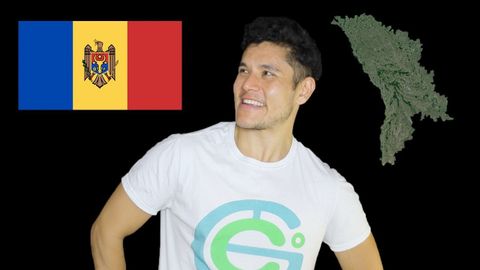現在的地理!摩爾多瓦 (Geography Now! MOLDOVA)
 沒有此條件下的單字
沒有此條件下的單字US /ˈɛpɪˌsod/
・
UK /'epɪsəʊd/
- n.插曲;集;(電視或廣播節目的)一集;事件;一段時期;(疾病的)發作
US /ɪˈsenʃəli/
・
UK /ɪˈsenʃəli/
- adv.本質上 ; 本來 ; 實質上;本質上;實際上
- n. (c./u.)通道;接近或使用的機會;訪問
- v.t.訪問
- v.t./i.存取(資料);訪問
US /ˈkɑnˌflɪkt/
・
UK /'kɒnflɪkt/
- n. (c./u.)衝突;爭執;戰爭;內心衝突
- v.t./i.衝突;抵觸

